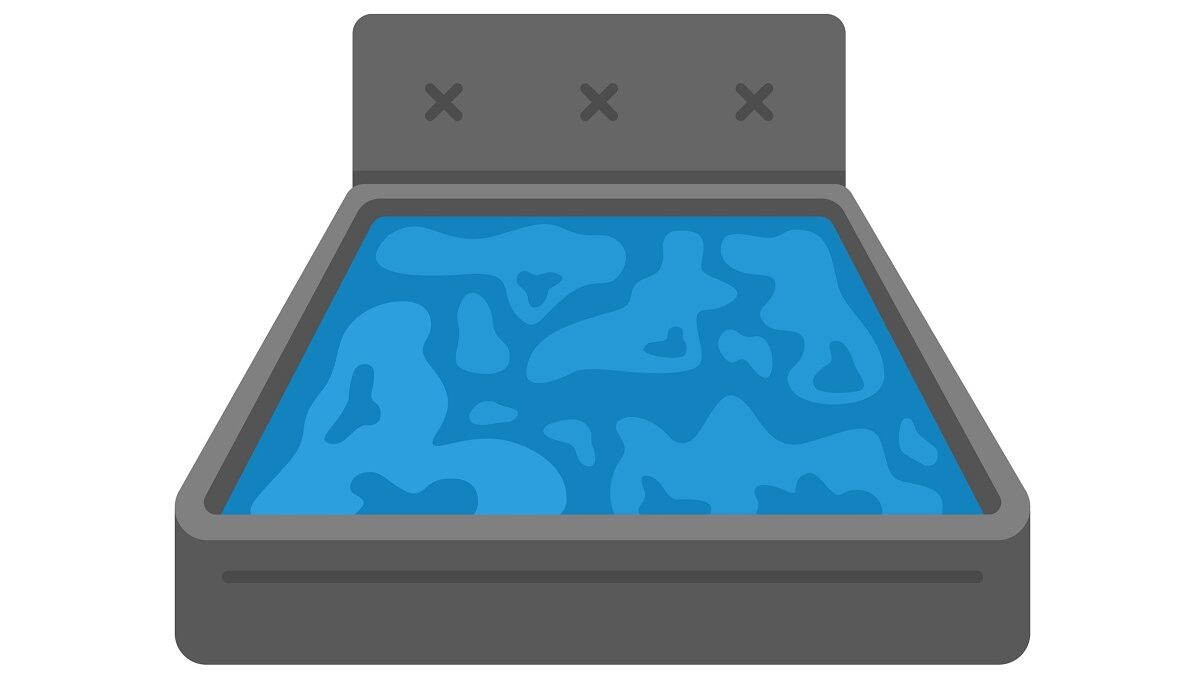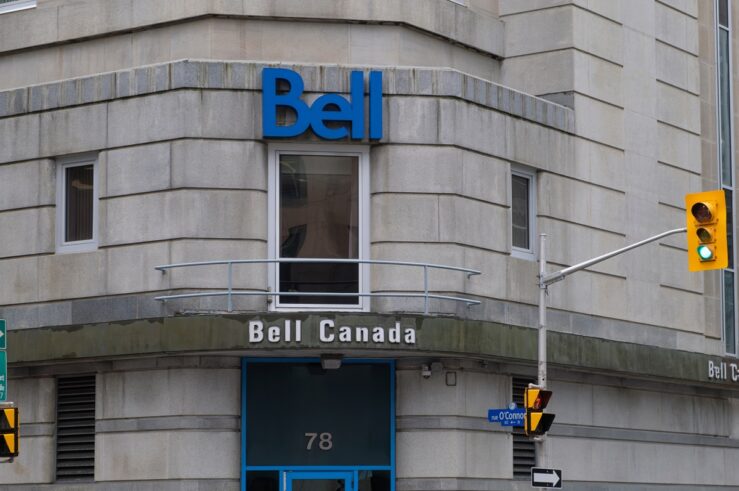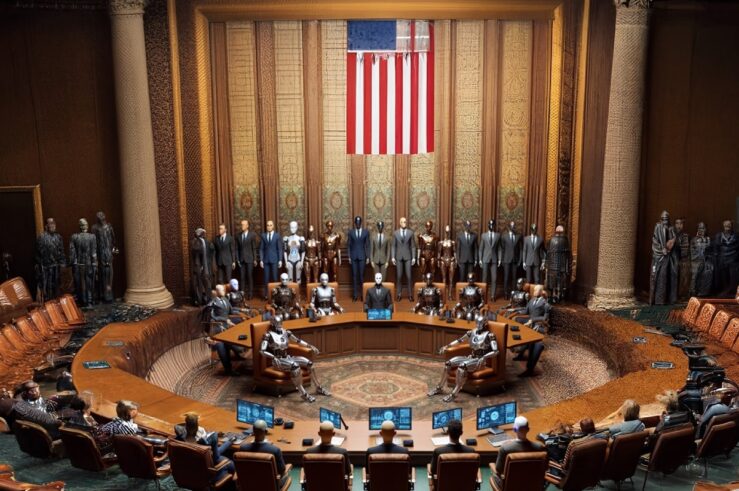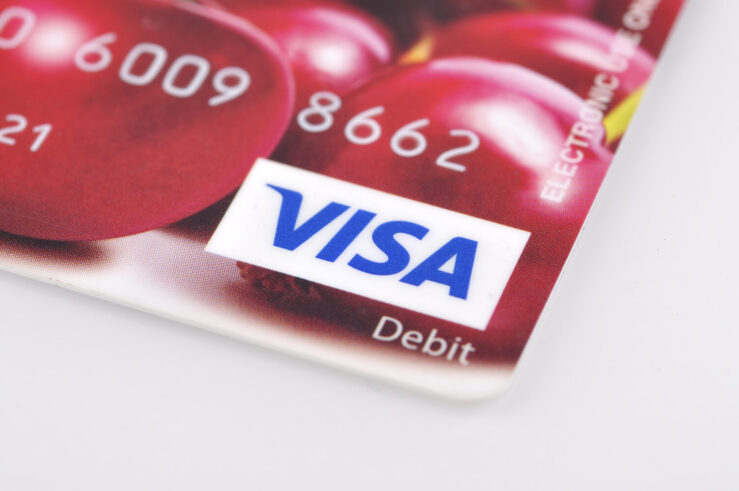
If you spend a lot of time in the world of competition policy—or any time at all on the announced Kroger/Albertsons merger—you will eventually stumble on the unfortunately named and greatly misunderstood “waterbed effect.” In a congressional hearing regarding the merger, this purported effect was mentioned at least a half-dozen times.
If you were born after 1995, you may not know what a waterbed is. The last one I saw in the wild was in 1990. Put simply, it’s a mattress that’s filled with water instead of springs and stuffing. If you’re sharing a waterbed with someone else, the larger person tends to sink down, shifting the water and lifting the other person up. Good times.
What Do Waterbeds Have to Do with Antitrust and Retail Mergers?
It looks like it began with the UK Competition Commission’s 2003 findings in the Safeway merger:
The 2000 report observed that the largest retailers were able to obtain non-cost-related discounts from suppliers and that the differentials in the prices charged by suppliers to large and small retailers could not be explained by cost differences. It has been suggested to us that these findings themselves are evidence of the long-term waterbed effect and the effect of any of the mergers would be to increase the power of the largest multiple grocery chains, and exacerbate, over time, the price disadvantage experienced by smaller retailers.
The commission, however, concluded that:
Overall, therefore, there is little evidence of an immediate or short-term “waterbed” effect. … [O]ur surveys produced insufficient evidence on this point for us to conclude that any waterbed effect would be exacerbated by any of the mergers.
Interest in the waterbed effect in retail crossed to the United States with Paul Dobson’s 2005 article published in the Antitrust Law Journal, in which he speculates:
At the retail level, the virtuous circle that the major retailers find themselves in is mirrored by a vicious circle that smaller retailers are caught in—smaller retailers face increased price differentials from what might amount to a “waterbed” effect in which low purchase prices for the major retailers force suppliers to charge higher prices to smaller retailers in order to cover fixed costs. Even when they join together in buyer groups, smaller retailers increasingly find themselves at a competitive disadvantage vis-à-vis the major multiples. If this causes smaller retailers to exit the market, then possible consumer harm may arise that takes the form of reduced store choice and accessibility and possibly higher retail prices if retailer competition were to decline significantly.
Thus, like a heavyweight flopping on to a waterbed, the large retailer pushes down input prices from its supplier, forcing the supplier to lift the prices it charges to smaller retailers. A theory is born. It’s got a catchy (if outdated) name and a strong dose of pop-economics intuition. Remember, this was the year Freakonomics was published, so pop econ was all the rage.
The waterbed notion kept bouncing around, but it was a notion without a model. In 2006, the UK Office of Fair Trading concluded:
[T]here are theoretical questions that would need to be resolved before concluding that the price differentials observed are evidence of a waterbed effect. For example, it is not clear how suppliers would be able to charge significantly above cost to smaller retailers without rivals undercutting them in the market; similarly, it is not clear why suppliers would price persistently below cost to the large supermarkets.
Without a model, the waterbed theory was going to go the way of the real-world waterbed—a once-nifty idea whose time had come and gone.
Enter the Waterbed Model
In 2011, Roman Inderst and Tommaso Valletti published “Buyer Power and the ‘Waterbed Effect’” in the Journal of Industrial Economics, with the explicitly stated purpose of dashing the criticism that the waterbed effect was a concept without a theory. So they came up with a model.
Let’s walk through the theory using a hypothetical merger between Kroger and Albertsons, and how the model might be applied to the retail sale of milk.
The model assumes that a merged Kroger/Albertsons would be large enough to negotiate a discount from its milk supplier over and above whatever discounts they received pre-merger.
Because the merged firm pays less to obtain milk, it would reduce the retail price of milk paid by its customers. By reducing its retail price, the merged firm sells more milk to consumers. Some of these increased sales come at the expense of other retailers, such as Walmart, Target, Costco, Trader Joe’s, and various mom-and-pop stores. (The model seems exclusively focused on mom-and-pops rather than other large retailers.)
Because these retailers are selling less milk, they also are not buying as much milk as they were before. As a result, their bargaining power with their suppliers—vis à vis Kroger/Albertsons’ bargaining power with their suppliers—is diminished. This makes it more difficult for these other retailers to negotiate the same discounts the merged firm gets. Or, they may face even smaller discounts than they received pre-merger.
These other retailers face several conundrums. First: should they raise or lower retail prices?
If competing retailers lower prices, they may increase milk sales, but the margin on milk sales would shrink. Consumers are better off overall, because every retailer has reduced the price of milk and consumers are buying more milk. You can’t block a merger if this is the result.
If competing retailers raise prices, they may see substantially reduced milk sales but higher margins on those sales. Their customers are worse off, because they are paying higher prices, but Kroger/Albertsons customers are better off, because they are paying lower prices.
Because some consumers would pay less and others would pay more, it’s impossible to know whether consumers overall are better or worse off. Even so, as a question of law, it doesn’t matter. Antitrust law doesn’t care how a merger affects competing firms outside the merger—or their customers. For example, in DeHoog v. Anheuser-Busch InBev SA/NV, the court concluded:
Plaintiffs’ “waterbed” theory fails because the theory itself is concerned with alleged harm to competitors … post-acquisition, which is inconsistent with typical monopsony claims and has nothing to do with the Plaintiffs [i.e., consumers] themselves.
Competing retailers’ second conundrum is whether they can find a new milk supplier who offers better terms. If they can, they will, however, have to incur transaction costs to switch suppliers. If the switching costs are less than the cost savings, then it would be profitable to switch. On the other hand, if the switching costs are higher than the cost savings, then there would be no benefit in switching to the lower-cost supplier.
But there’s a hitch. Those cost savings and switching costs exist regardless of the merger. Nothing about the merger changes those costs. If it’s profitable to switch post-merger, then it would have been profitable to switch pre-merger. This fact was highlighted in DeHoog (which involved the purchase of hops by brewers):
This allegation suggests that hops producers have the ability to avoid lower prices by switching to more profitable aroma hops, meaning they would avoid Plaintiffs’ proposed “waterbed” theory of harm altogether. Plaintiff’s allegations are inconsistent and their unsupported “waterbed” theory fails.
But we’re not talking about beer and hops. We’re talking about supermarkets and milk. And if you dig around a little bit, you’ll discover that milk is a terrible example. One reason is that several large food and grocery retailers have vertically integrated into milk bottling, including Kroger, Albertsons, and Walmart. According to the Wall Street Journal, Kroger processes roughly 90% of the milk its stores sell. The waterbed theory doesn’t say anything about vertical integration.
So, yes, milk is a bad example. But that highlights a fundamental problem with the waterbed theory: Each product has unique sourcing, production, logistical, and competitive issues. Milk is different from meat, which is different from toilet paper, and so on. Any allegation of a so-called “waterbed effect” must be evaluated on a product-by-product basis.
In the end, we’re back to where we were in 2006. We have a nifty notion with a provocative name, but no effective way to apply the theory to the real and messy world of retail food and grocery sales. It’s time to put it to bed.




